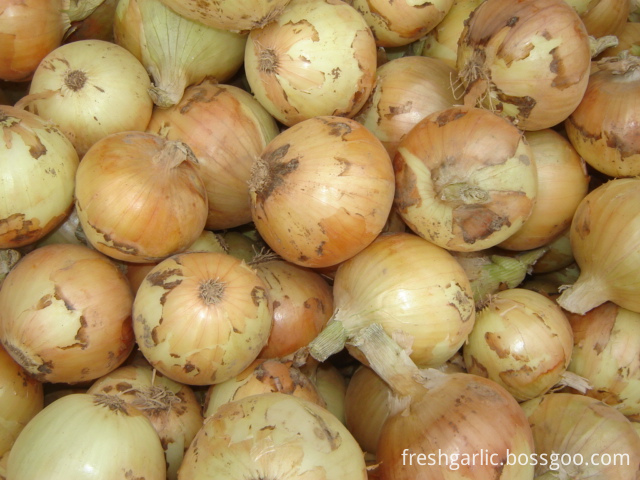From 1992 to the present, the cultivation of vegetables in solar greenhouses in Wuyi County has gone through more than ten years of ups and downs. The technical staff of the County Agriculture and Animal Husbandry Bureau continuously summarizes the experience of local vegetable farmers and learns from the advanced technologies in other regions to develop and popularize new facilities. Technology has accumulated some experience in the production of local vegetables. The new technologies are now summarized as follows:
First, straw bioreactor technology
Shunding planting ditch to dig trenches 60 cm wide and 40 to 50 cm deep. The ditch is filled with straw. At the same time, 15 to 20 kg of urea and enzyme bacteria are added to the straw in each mu, and then the soil is backfilled and planted on it. cucumber. This is the straw bioreactor technology. The benefits of using this technology are to reduce fertilizer input, reduce costs, improve soil, and prevent disease.
II. Drip irrigation technology of independent water supply system for greenhouses
Changed the original public water supply system for drip irrigation. Each shed drew a water storage tank of about 10 cubic meters, and a small submersible pump of 750 to 1000 watts was installed. The water source was pressurized. When water was poured, the water was poured. The soluble fertilizer can be put into a water storage tank, and the fertilizer can be supplied to the root system with the water droplets in the cucumber rhizosphere so that the nutrition can be more fully and evenly distributed. The use of this technology can significantly reduce the humidity within the greenhouse, reduce the disease; reduce the investment in drugs; save more than 60% of water, reduce the amount of water can increase the ground temperature above 2 °C;
III. Greenhouse moisture control technology based on sub-film furrow irrigation
Almost all the vegetable sheds in Wuluo County have adopted the sub-film furrow irrigation technology. The vegetable growers also spread some firewood between the large greenhouses, or covered the bare ground mulch on the front lines of the large-scale greenhouses and greenhouses, saving not only water but also Greatly reduce the humidity in the greenhouse and reduce the occurrence of diseases.
Fourth, new shed type application technology
"Wuyou III" new shed type: This type of shed is equipped with a machine-built wall. The width of the rear wall is 5-6 meters wide, the upper mouth is 2-3 meters wide, the shed span is 10-12 meters, and the ridge height is 4.5 meters. Some of them have a larger footprint, which increases the growth and insulation performance of greenhouses.
V. Greenhouse Cucumbers——Two-cultivation Techniques for Early Spring Beans
Greenhouse cucumbers are planting beans in February. After the price of cucumbers falls, they begin to attack beans. Only beans can earn more than 10,000 yuan per mu.
Six, pest control network, insect traps and other physical pest control technology
Insect nets and insect attracting yellow boards are very effective physical pest control methods. After the sheds are shed, they immediately install pest control yarns at the air outlets to prevent pests from moving into the shed; using the yellowness of the pests, yellow planks can be used to trap and kill. Minimize the population density.
Seven, plugging technology
The grafting of cucumber seedlings was replaced by plugging, which shortened the time of cucumbers on the seedbed; the healing area was large, the seedlings grew quickly and grew rapidly, and there was no regeneration of adventitious roots, reducing the occurrence of soil-borne diseases.
Eight, to change black pumpkin grafted yellow pumpkin grafting
The use of yellow-seeded squash as the rootstock for grafting cucumbers is better than black-skin squash for stock quality, good taste, melon strip glossiness, and good commodity quality.
Nine, increase organic fertilizer, reduce fertilizer use
The fertilizer content in the shed soil of Wuyi County is quite high. In recent years, the increase of organic fertilizer has been advocated, and the application of even less chemical fertilizer has been reduced. As a result, the disease of cucumber will be reduced, and the mortality will be significantly reduced.
From the month of May, the new crop of onion from Jinxiang has harvested. After dried enough, the Yellow Onion can be packed and shipped from the month of June. The new crop Fresh Onion has very beautiful appearance and great quality. Jinxiang is a famous county which has large area planting garlic and onion.
1. Commodity name: Fresh Onion
2. Feature: Natural color, Thick and full skin, No stain and soil on outer skin, Firm and no rotten.3. Size: 3.0-5.0cm, 5.0-7.0cm, 7.0-10cm
4. Variety: Yellow Onion and Red Onion
5.Packing:
1) 10kg/carton, 20kg/carton, 10kgs/mesh bag,20kg/mesh bag and 25kgs/mesh bag
2) or according to the clients' requirements.
6. Supply Period:
A) Fresh season: May to the middle of August
B) Cold storage season: August to December.
7.Conveyance:26-30MT/40'HR (loading quantity depending on packing)
8.Transporting and storing temperature: 0°C -+1°C

Yellow Onion
Yellow Onion,Fresh Yellow Onion,Organic Yellow Onion,Yellow Round Onions
JINING FORICH FRUITS & VEGETABLES CO., LTD. , https://www.forichgarlic.com